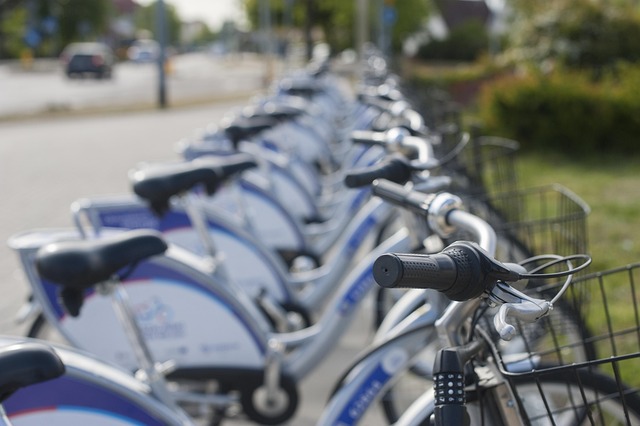The water cycle is a magnificent, natural system that connects all aspects of Earth’s ecosystems. It involves the continuous movement of water through evaporation, condensation, precipitation, and collection. However, as climate change intensifies due to human activities such as burning fossil fuels, deforestation, and industrial processes, this critical cycle is being disrupted in profound ways. Understanding this impact is not just an academic exercise; it’s a matter of survival for countless species, including us humans.
The environment that surrounds us is undergoing rapid transformation, with climate change at the forefront of these shifts. As global temperatures rise, so do the rates of evaporation. Warmer air holds more moisture, which can lead to heavier rainfall in some areas while creating severe droughts in others. This imbalance can result in flash flooding in urban regions just after a long dry spell, leaving communities grappling with the challenges of both water scarcity and water overflow.
These fluctuations in the water cycle also affect our natural ecosystems. Wetlands, rivers, and lakes are all interconnected parts of this system, and any changes in precipitation patterns can lead to habitat loss for countless plant and animal species. Wetlands, for instance, are essential buffers against flooding and play a crucial role in filtering pollutants from water. As they dry up or flood more frequently, their ability to perform these functions diminishes, leading to a decline in biodiversity.
The impact of climate change on the water cycle doesn’t stop with the environment; it directly affects our agricultural systems as well. Farmers depend on predictable rainfall and seasonal patterns to grow crops. With the increasing unpredictability of the water cycle, crop yields can suffer tremendously. This unpredictability can mean the difference between food security and food scarcity for millions of people. Droughts can devastate harvests, while excessive rainfall can lead to soil erosion, washing away essential nutrients and leaving behind damaged landscapes.
Moreover, as glaciers and polar ice caps melt due to rising temperatures, sea levels rise, posing risks to coastal communities. Increased saltwater intrusion into freshwater systems further complicates the situation, making water sources unsuitable for drinking and irrigation. The nuances of the water cycle extend to the quality of our water, as warming impacts not only the quantity but also the temperature and chemical composition of our water bodies. Algal blooms, driven by warmer temperatures and nutrient runoff, threaten aquatic life and compromise the health of ecosystems.
In summary, the challenges posed by climate change are intricately linked to the water cycle. To truly appreciate the breadth of this issue, we must recognize that the impact transcends environmental concerns, affecting our health, agriculture, and social systems as well. By fostering a deeper understanding of these complex interactions, we can inspire proactive measures to safeguard our planet and promote resilience in the face of climate change.




